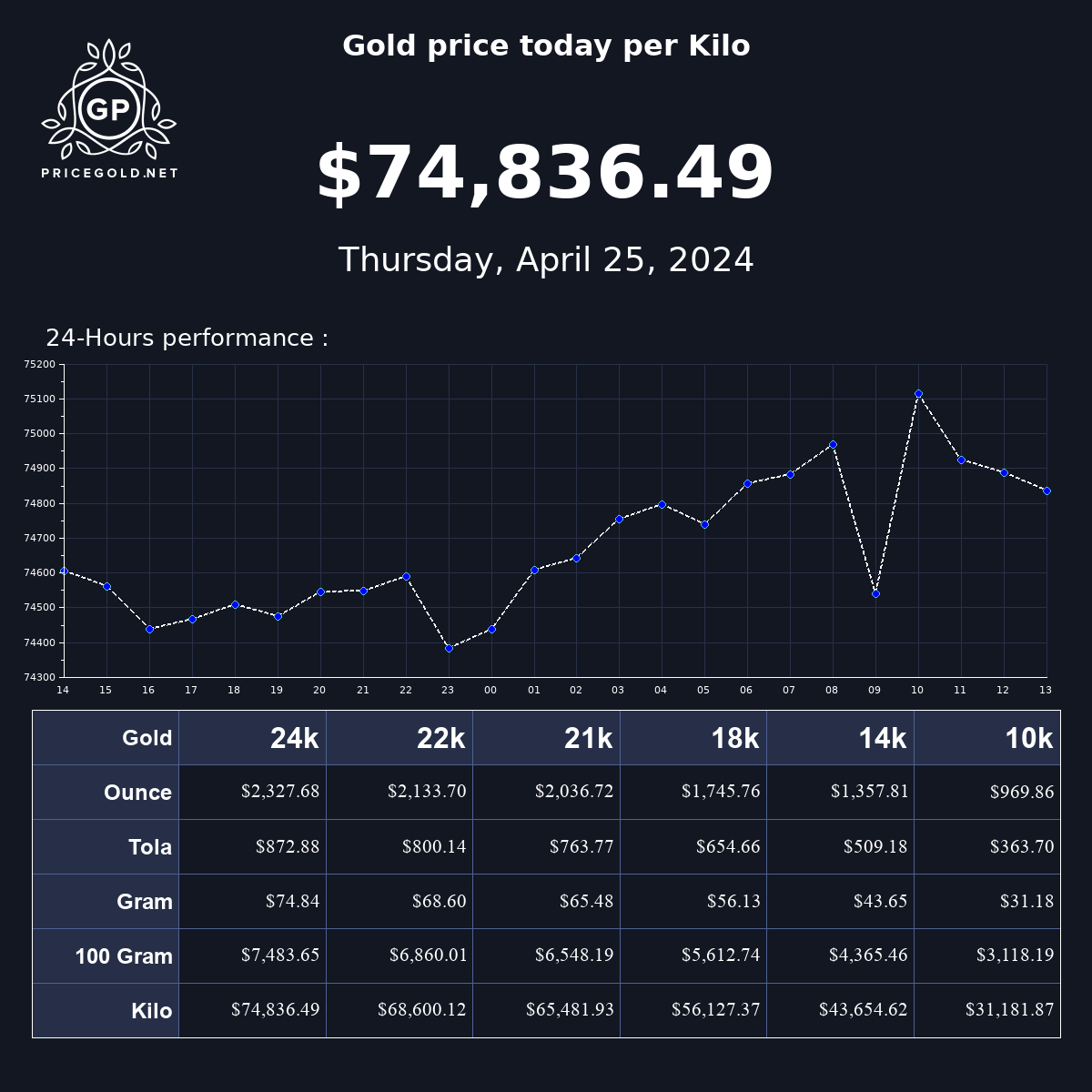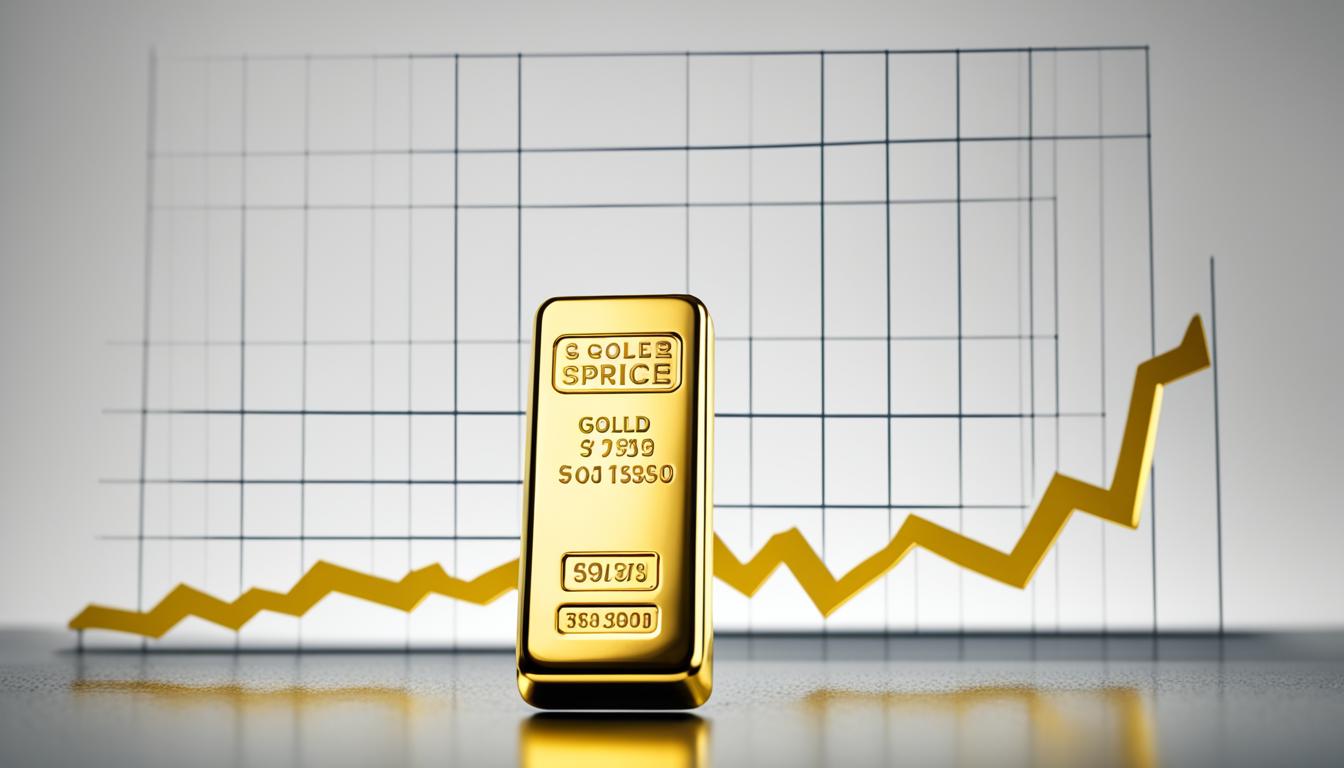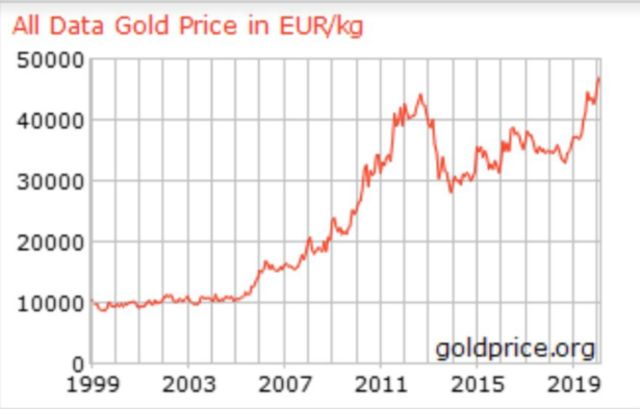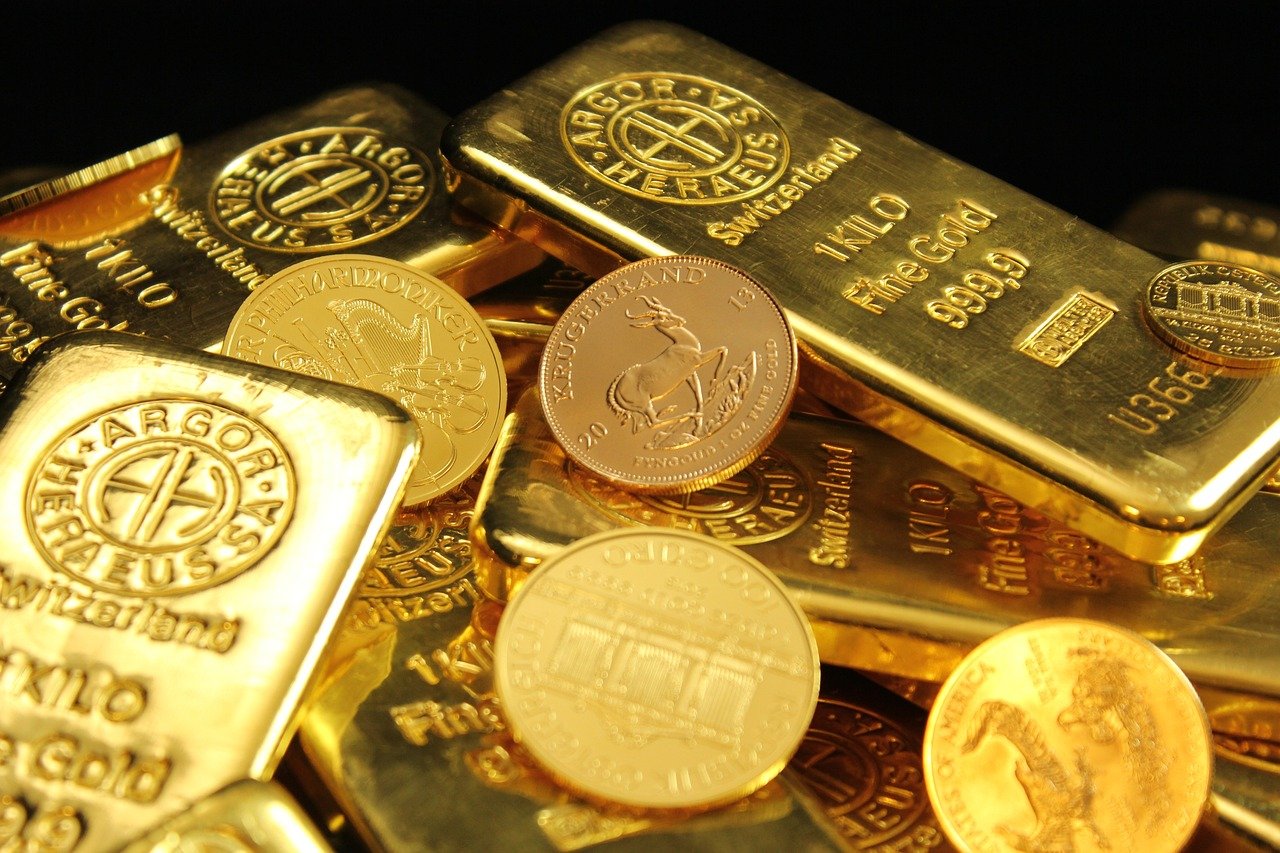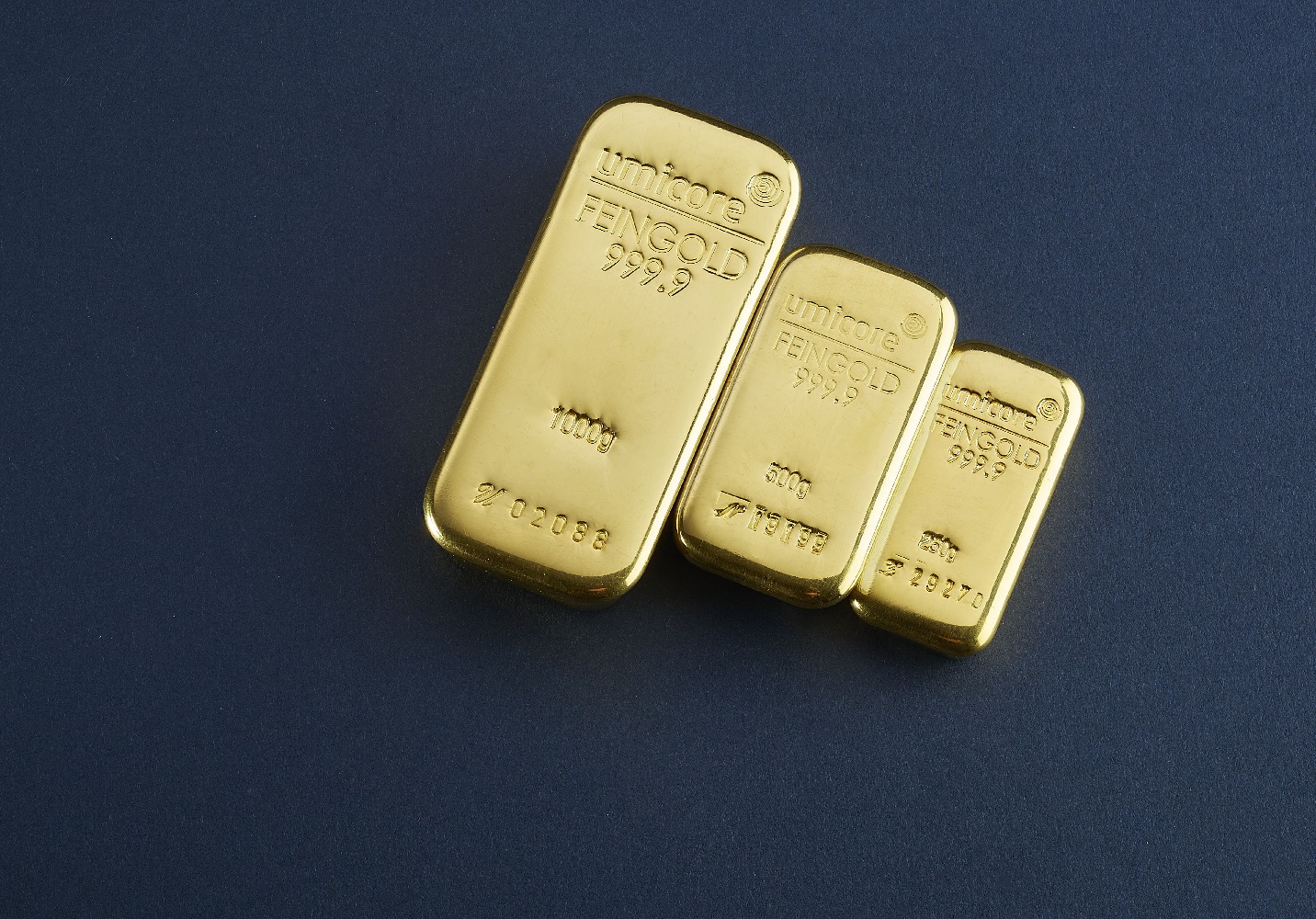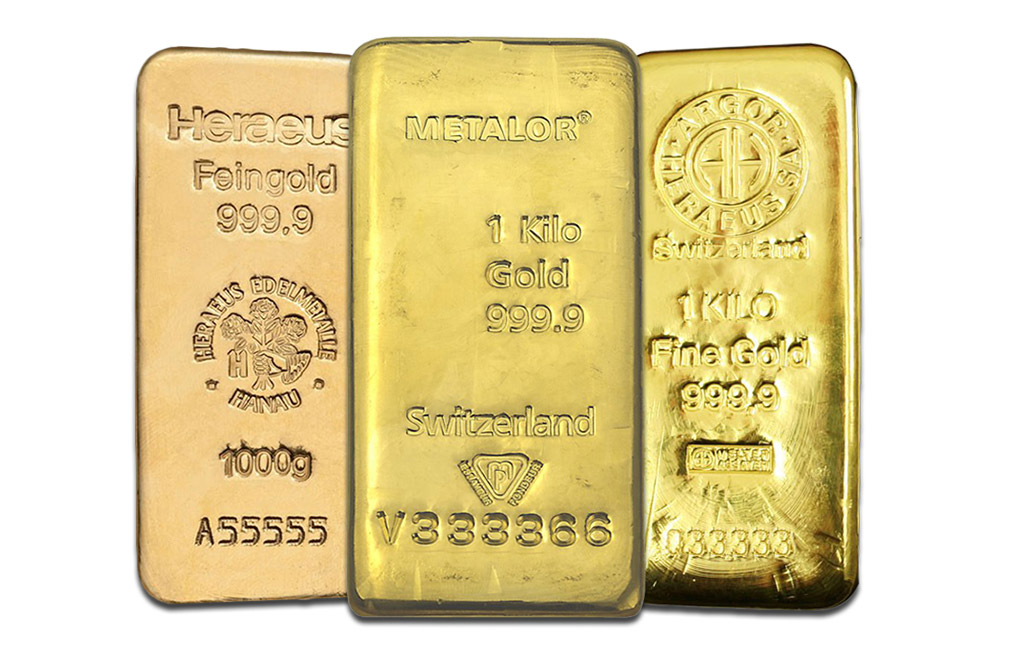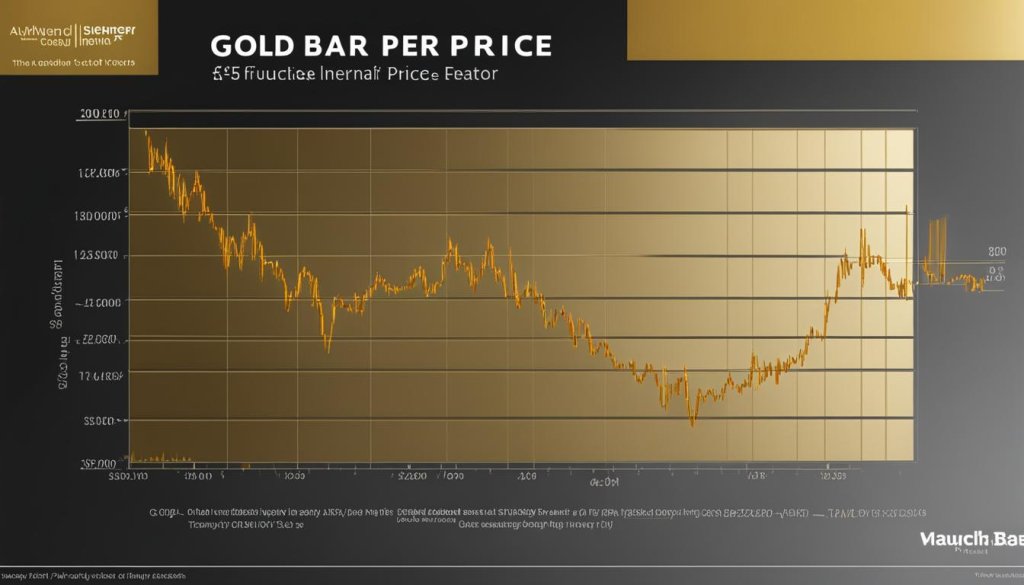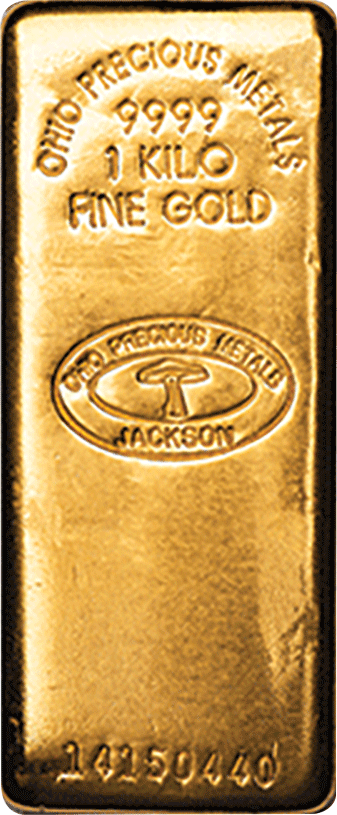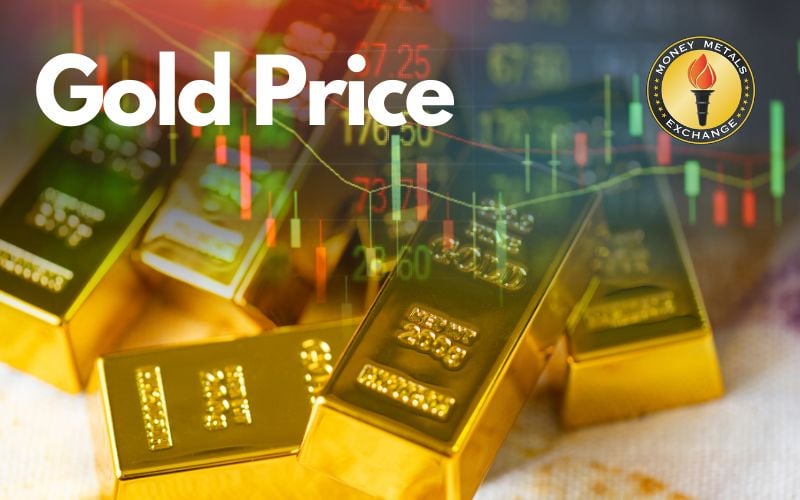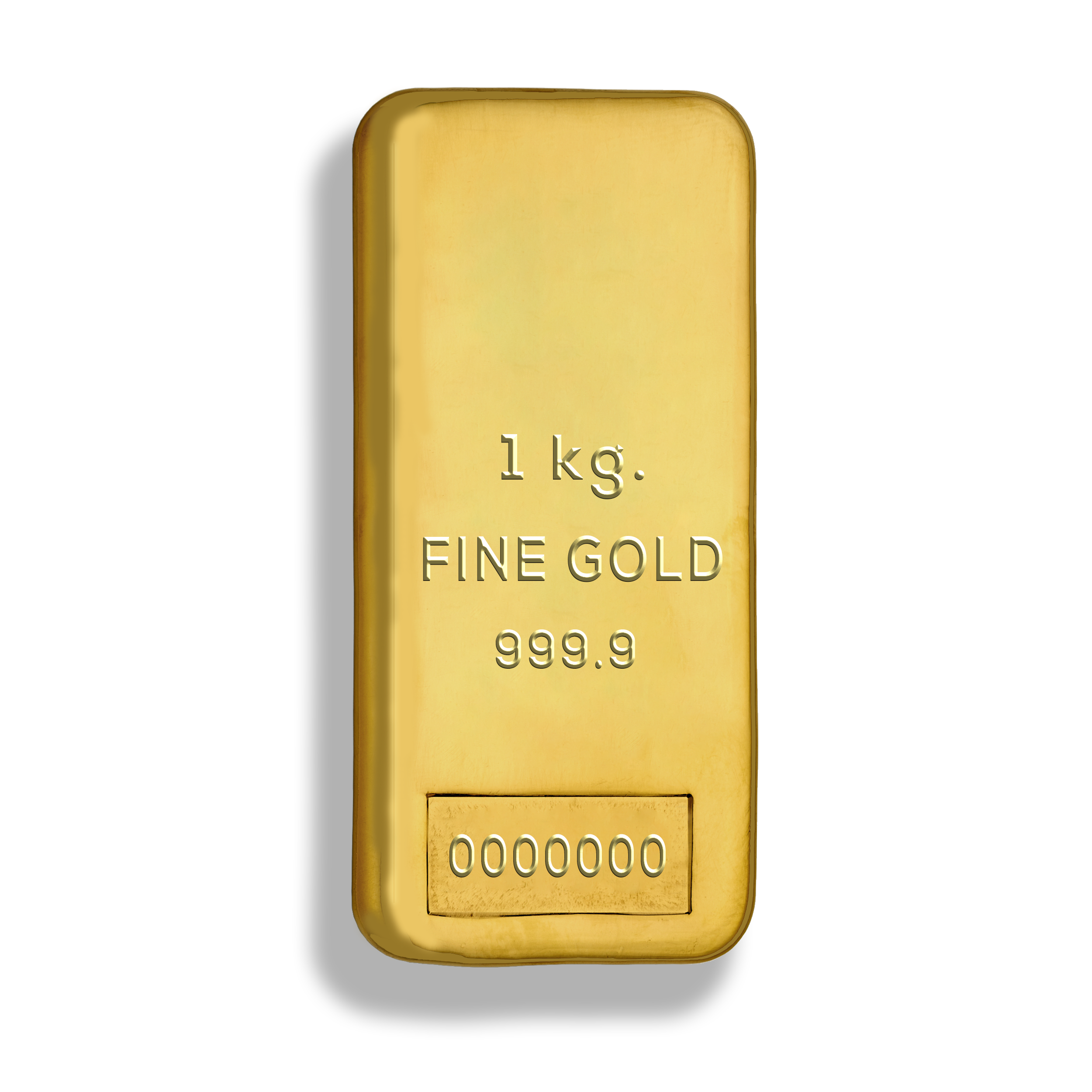What Is The Price Of Gold Per Kilogram

The price of gold, a perennial safe-haven asset, continues to fluctuate amidst global economic uncertainties, impacting investors, industries, and consumers worldwide. Understanding the current price per kilogram is crucial for making informed financial decisions and assessing the health of the global economy.
This article delves into the current price of gold per kilogram, examining the factors that influence its valuation and the potential implications for various stakeholders. The data presented is sourced from reputable financial institutions and market analysis platforms, providing a snapshot of the current gold market as of late October 2024.
Current Gold Price Per Kilogram
As of October 26, 2024, the price of gold is hovering around $62,000 USD per kilogram. This figure represents a slight increase compared to the previous month, reflecting ongoing geopolitical tensions and concerns about inflation in major economies. Currency fluctuations also play a significant role in determining the final price for buyers in different regions.
The exact price varies slightly depending on the source and the time of day due to the constant trading activity on global markets. Major gold exchanges, such as the London Bullion Market Association (LBMA) and the COMEX in New York, serve as benchmarks for pricing.
Factors Influencing Gold Prices
Several key factors contribute to the dynamic pricing of gold. Economic indicators, like inflation rates and interest rate policies, play a crucial role.
Geopolitical instability often drives investors towards gold as a safe haven, increasing demand and pushing prices upward. Fluctuations in currency values, particularly the US dollar, also have a significant impact, as gold is typically priced in USD.
Central bank policies and their gold reserves management can also sway the gold prices. Supply and demand factors, including mining production and jewelry demand, are additional considerations.
“Gold’s historical role as a hedge against inflation and economic uncertainty makes it a valuable asset during turbulent times,” says John Miller, a senior market analyst at ABC Bullion. “Investors often turn to gold when other asset classes become volatile."
Impact on Consumers and Industries
The price of gold directly affects various industries, including jewelry manufacturing, electronics, and dentistry. Higher gold prices can translate to increased costs for these sectors, potentially impacting consumer prices.
For investors, the price of gold provides an indicator of market sentiment and risk appetite. A rising gold price may suggest increased risk aversion among investors.
On a personal level, fluctuations in gold prices can affect individuals who own gold jewelry or bullion, influencing their net worth and investment strategies.
"The recent rise in gold prices has been noticeable. As a small jewelry business owner, I have to be more strategic in sourcing gold to manage costs without compromising the quality of my products." said Sarah Lee, owner of Lee's Jewels, a local jewelry business.
Regional Variations
While the global gold price serves as a benchmark, the actual cost per kilogram can differ based on regional taxes, import duties, and local market conditions. For example, countries with high import tariffs on gold may see higher prices compared to regions with lower tariffs.
Demand also varies across different countries, influencing the local prices. Countries with high demand for gold jewelry might experience slightly higher prices during peak seasons.
Furthermore, currency exchange rates play a significant role in determining the final price for buyers in different regions.
The information is for general purposes only, and it’s essential to consult with a financial advisor before making any investment decisions related to gold or other assets.
Staying informed about market trends and economic indicators will empower individuals and organizations to make informed choices in navigating the complex world of gold investment.
